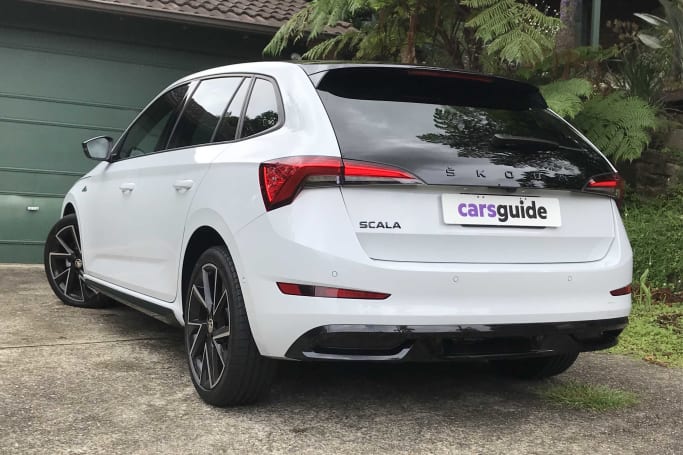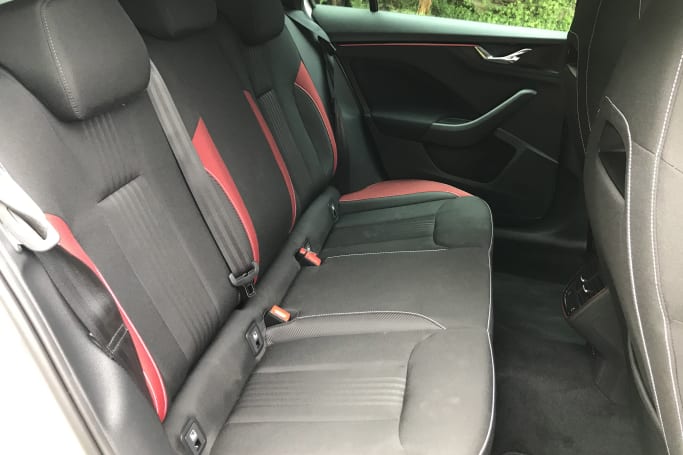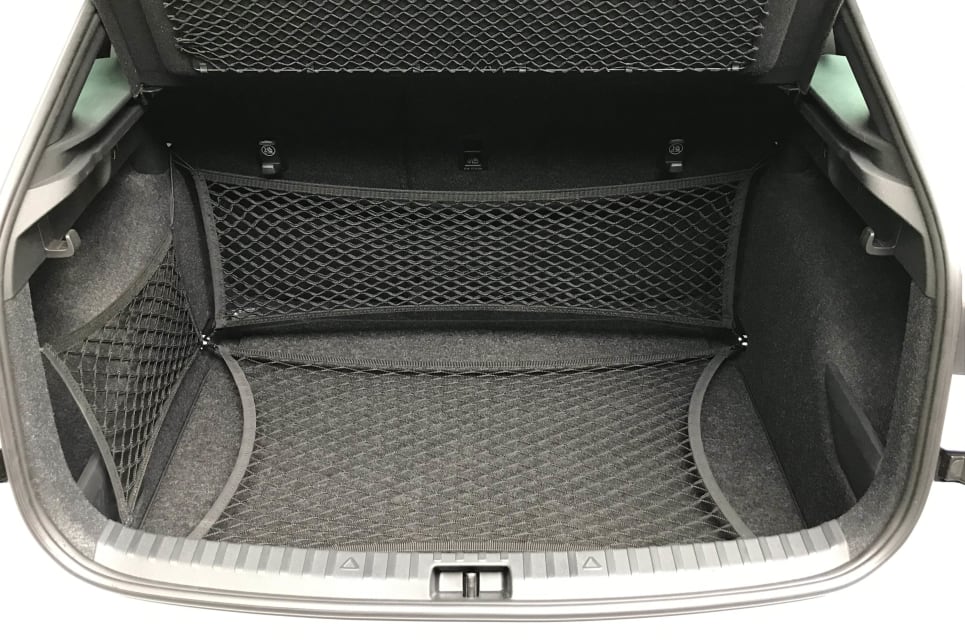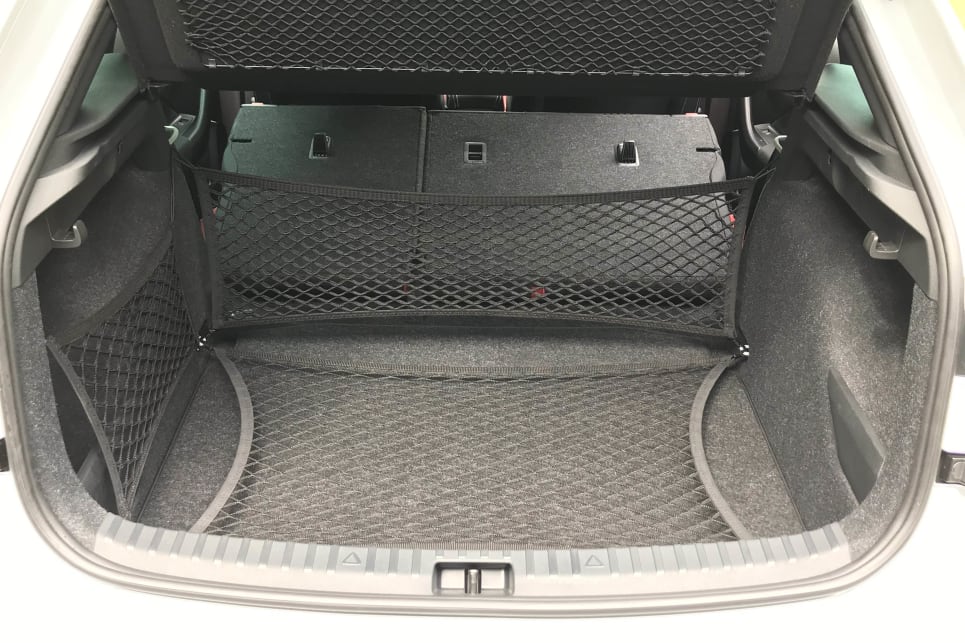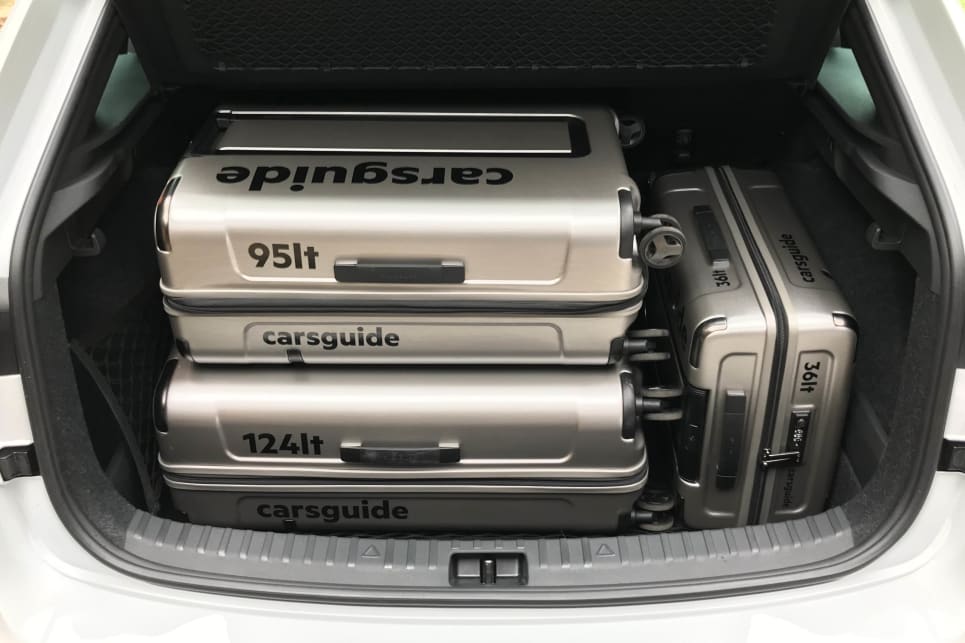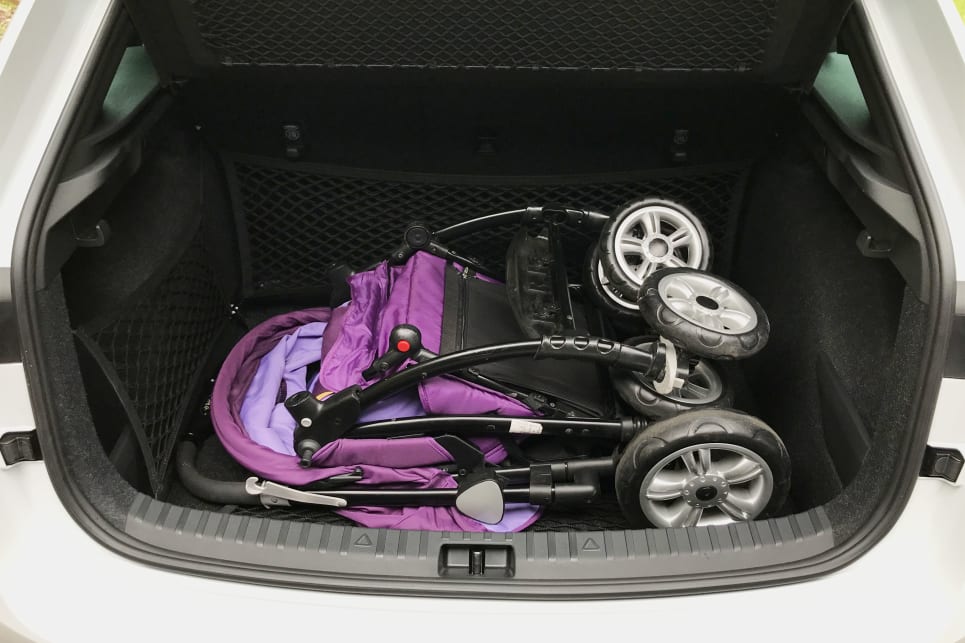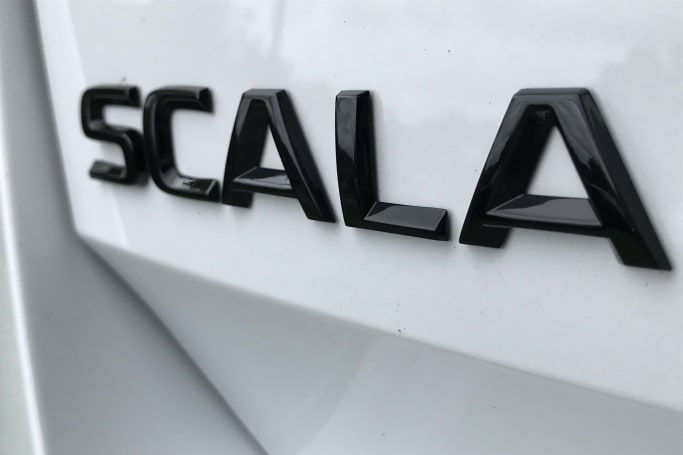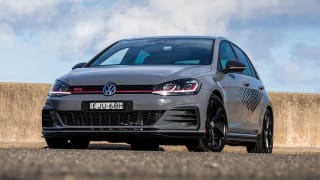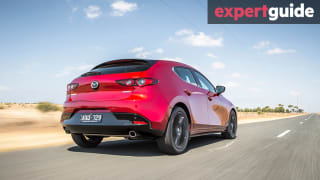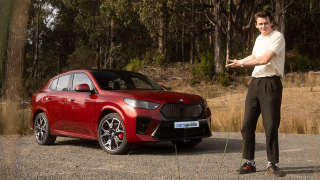The Scala Monte Carlo might kick off from a tenner under $35K, but our test car is equipped with a $4300 Travel Pack that bumps the price up to $38,290 driveaway – perilously close to the larger VW Golf R-Line, as well as the company’s own Octavia.
On the safety front you’ll find seven airbags (dual front, side, curtain and a driver’s knee item), autonomous emergency braking (AEB), forward collision warning, reverse collision warning/braking, lane departure warning/active assist, adaptive cruise control with stop/go functionality, driver attention monitor, stability control, anti-lock brakes with electronic brake-force distribution and brake assist, traction control, hill-hold control, rear parking sensors, tyre pressure monitors, front fog lights and a reverse camera.

Note, however, for blind-spot monitor and rear-traffic alert, you’ll need to stretch an extra $4300 for the Travel Pack. More on that a little later on.
Skoda has worked hard to boost the Scala’s showroom appeal, with a ‘Virtual Cockpit’ electronic instrumentation/multimedia display ahead of the driver, an 8.0-inch touchscreen, Apple CarPlay/Android Auto connectivity, Bluetooth telephony and audio streaming, voice control, app-link multimedia capability, wireless smartphone charging, powered folding and heated mirrors, centre armrest with storage and two USB chargers, ambient lighting, animated rear turn signals, remote central locking and a powered tailgate.
Being a Monte Carlo, the Scala scores extra razzamatazz in the form of extra exterior black trim, blacked-out 18-inch alloys, a panoramic glass roof, bolstered sports seats, LED adaptive front headlights, dual-zone climate control, drive mode selector, alarm system, metal pedals and a sports chassis that makes the car sit some 15mm lower compared to other grades.
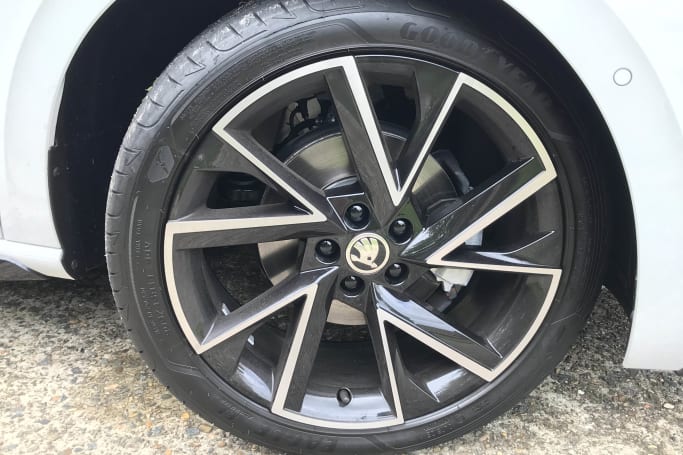
Our test car’s $4300 Travel Pack adds the aforementioned missing blind-spot monitor and rear traffic alert, as well as satellite navigation, automatic parking assist, heated seats front and (outboard) rear, upgraded audio, paddle shifters and wireless Apple CarPlay.
Metallic paint costs $550 while Velvet Red Premium will set you back another $1110. The spare wheel is a space saver.
The fact is, except for the powered tailgate, driver’s side door umbrella and additional storage aids synonymous with Skoda, our circa-$40K (driveaway) Scala’s equipment levels are approached, matched or even exceeded in some instances by C-segment rivals like the in-house Golf, Mazda3, Toyota Corolla, Ford Focus ST-Line, Hyundai i30 N-Line, Subaru Impreza 2.0i-S and Kia Cerato GT Turbo.
So, while the Scala is an advance over the Rapid, it also concedes the big pricing advantage the preceding model enjoyed over such fierce competition. In Monte Carlo guise at least, it is an expensive little car.





